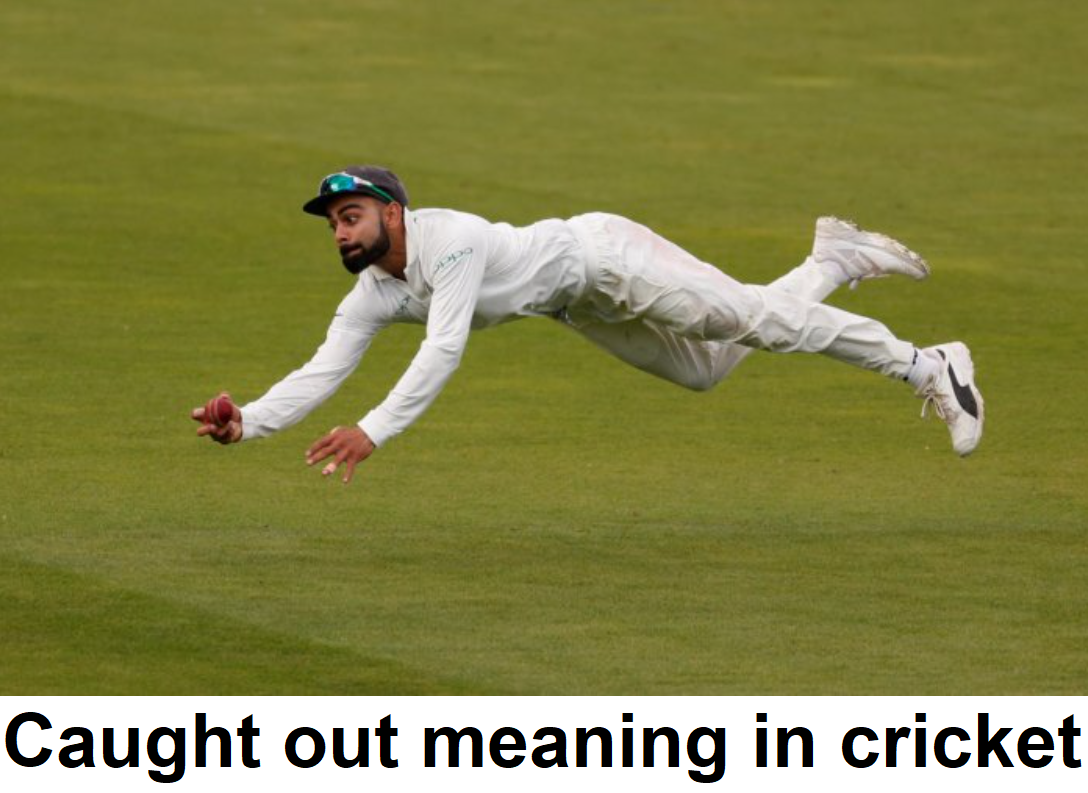

Bowlers in cricket are those players who have mastered the art of releasing the ball overarm in a manner that it carries some pace, swing or spin. Bowlers are bound to resort to such tactical commands over the bowler as batters have a range of shots which can send the ball to any area of the ground. There are many ways to dismiss a batter. The most common methods of dismissal that a fielding side can inflict are bowled, caught out, leg before wicket, and run out or stumped.
Caught out is one of the most commonly seen methods of a batter’s dismissal which requires an effort from both the bowler and the fielder. Law 33 of Marylebone Cricket Club’s Laws of Cricket is dedicated to caught out and its various dimensions.
A batter is caught out when the ball, after striking the bat stays within the boundaries, does not touch the ground, and is directly caught by the fielder, wicket-keeper, or the bowler. A fair catch is one where the player who catches the ball has complete command over their body while taking a catch and no part of their body is beyond the boundary when they are in contact with the ball.
It is important for the player who catches the ball to keep their fingers underneath the ball while taking the catch. Moreover, wicket-keepers must also cushion the ball clearly between their gloves such that no sign of the ball making contact with the ground is visible. There are some scenarios which the interested reader must know in order to ponder upon the caught out dismissal.
If the ball lodges directly in the clothing or any equipment of the fielder, then the batter is deemed caught out.
If the ball struck by the batter hits the non-striker or the umpire or the stumps or the runner, and is caught directly by the fielder before it touches the ground, then the batter is caught out.
In the process of making a catch, if a fielder is unsuccessful in gaining command over the ball, then if a second fielder catches the ball before it touches the ground, the batter is caught out.
When bowlers themselves catch the ball, then the scoreboard will read ‘c & b’ followed by the bowler’s name. This is called caught and bowled. A catch taken by the wicket-keeper is informally called caught behind.
A batter is not out caught if the bowler’s delivery is illegal (wide or no ball). If batters cross ends once or more than once, then the run(s) will be added to the total and the batter’s tally.
In a legal delivery, no runs shall be awarded to the batting side or the batter when the batter is caught out.
Caught out is the most common form of cricketing dismissal. In an era of T20 cricket, it has become even more common as batter try to take the aerial route for the ball which often is mistimed, resulting in a caught out dismissal.




